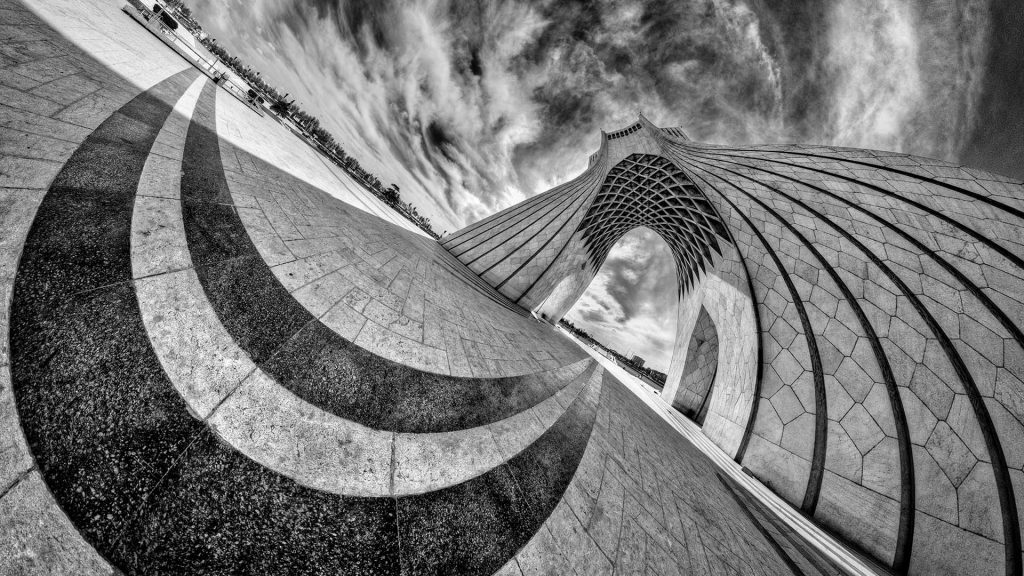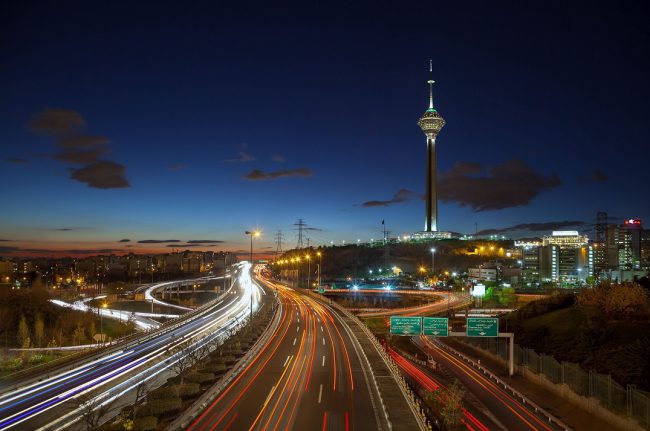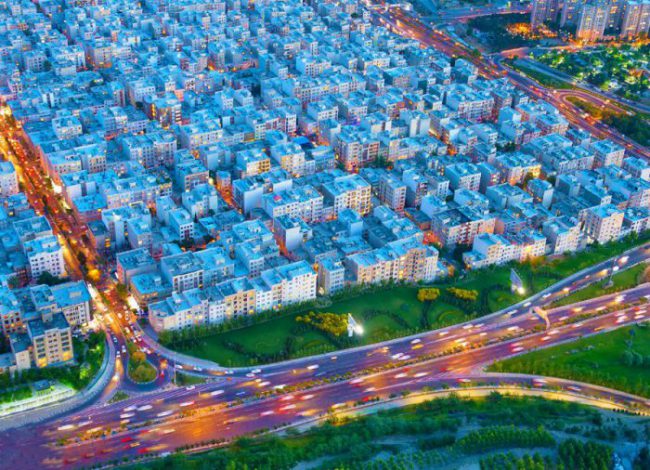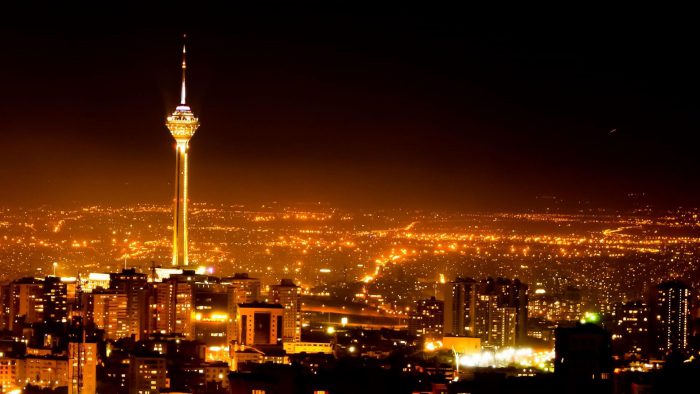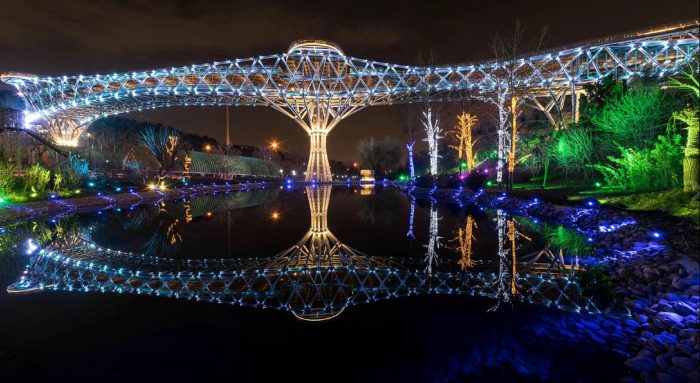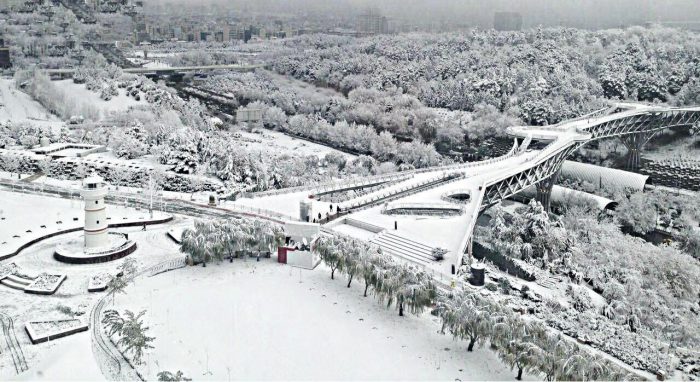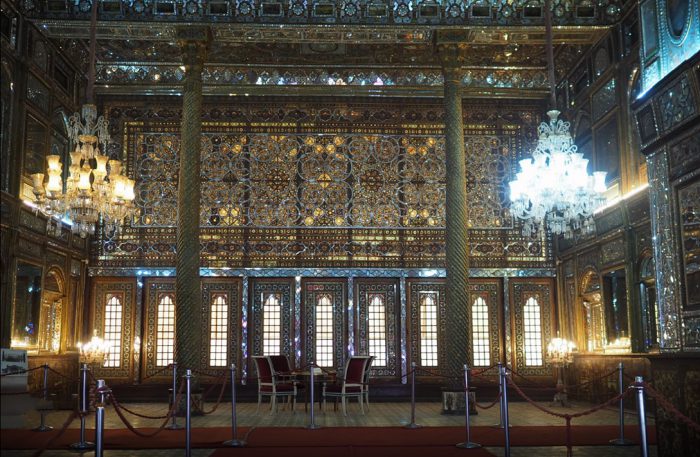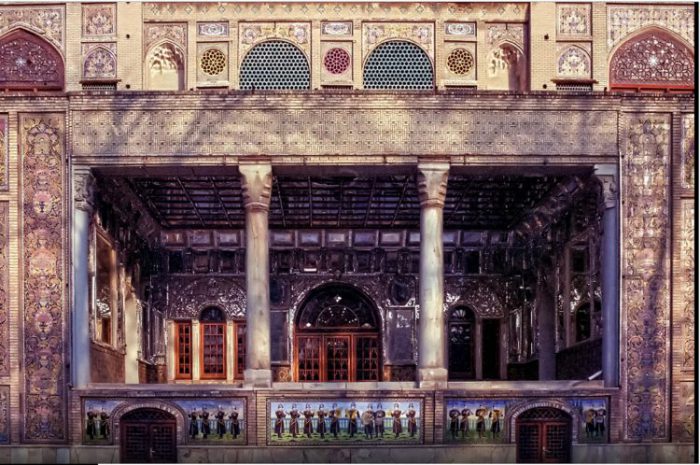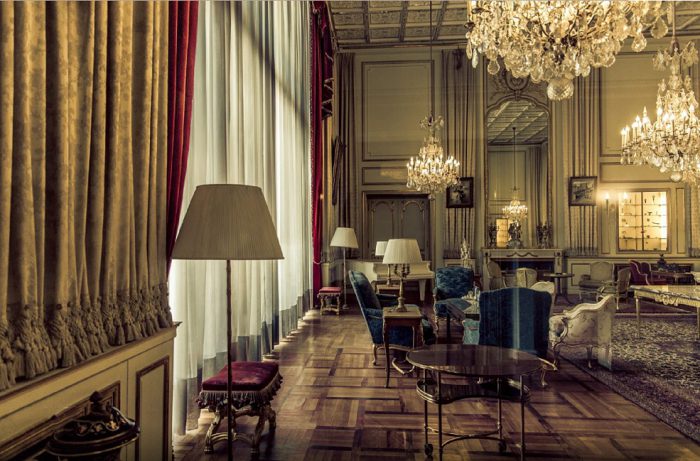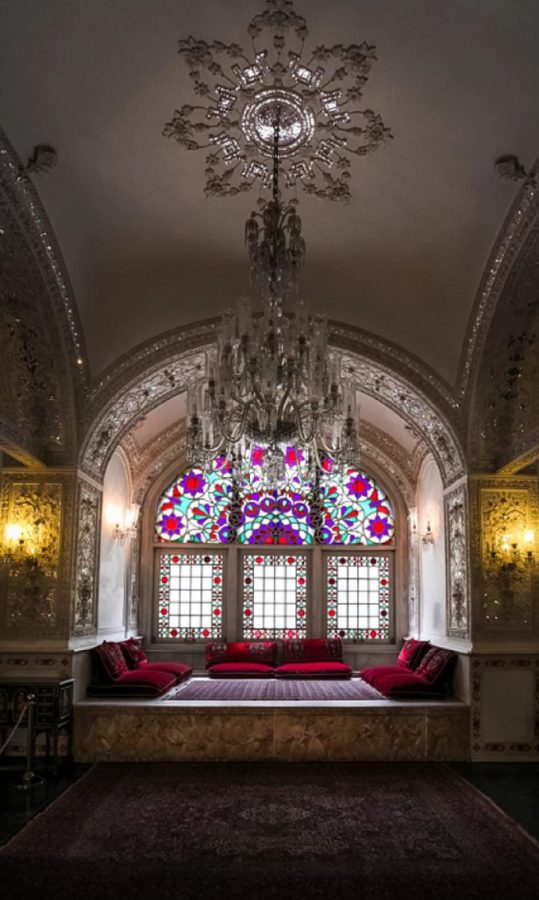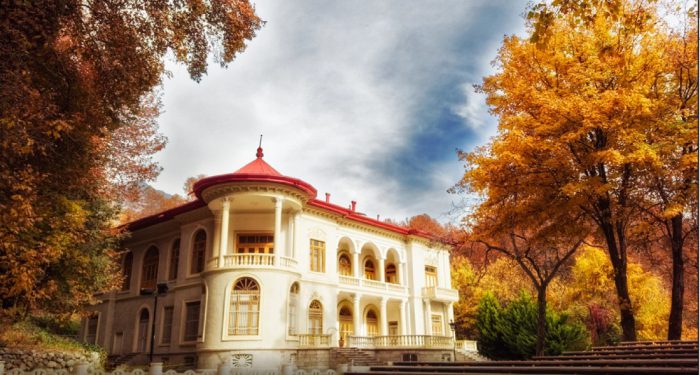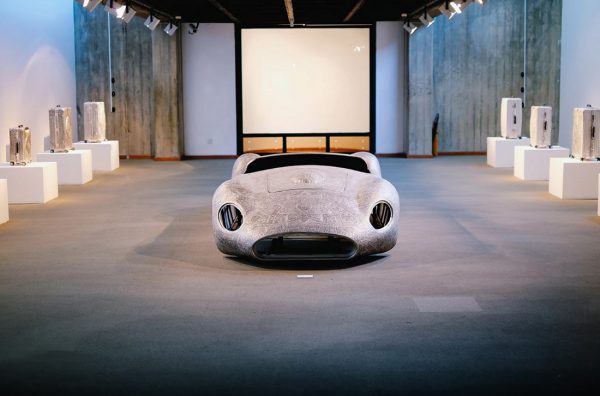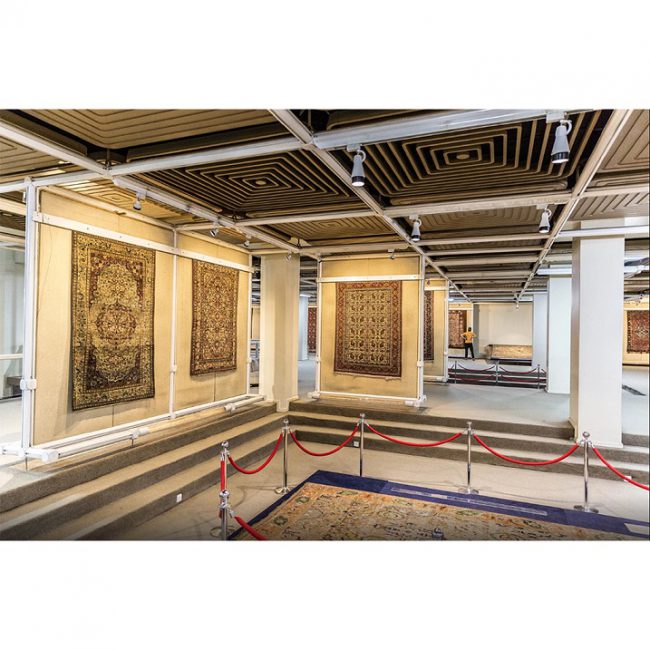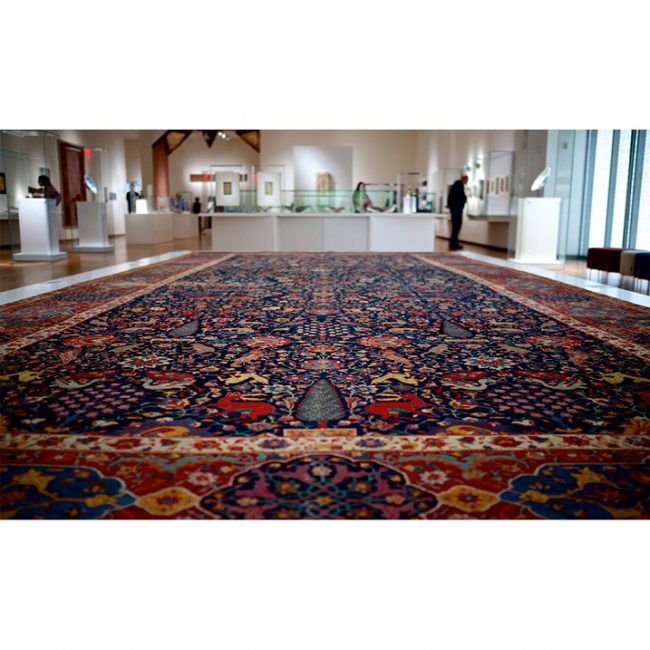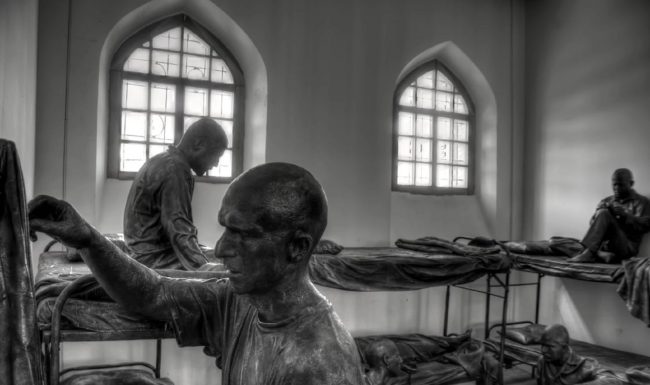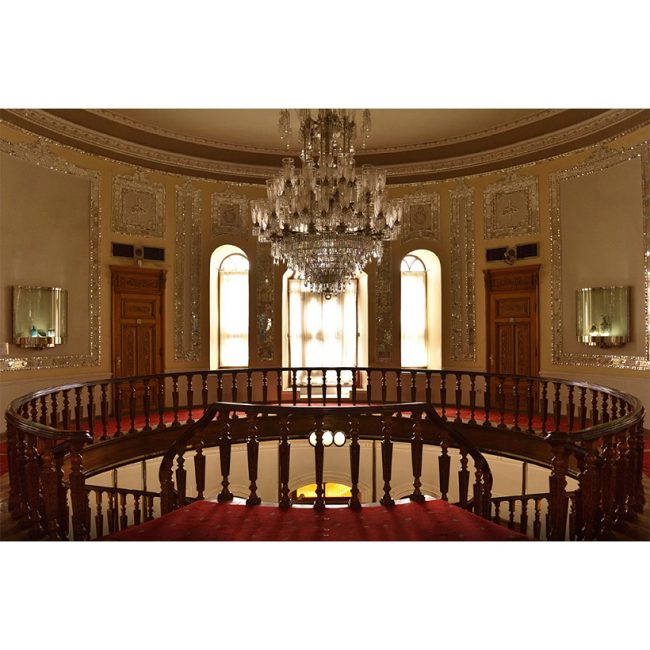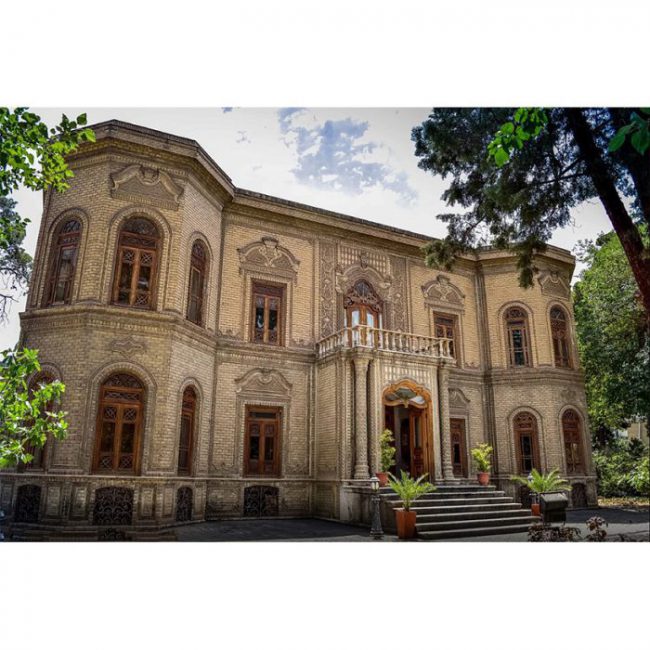Exploring this fascinating metropolis will transport you on a journey through more than 250 years of Iranian history – from the glittering Golestan Palace and the adjacent Grand Bazaar to the beautiful Azadi Tower and the notorious former US embassy. Then there are the city’s many excellent museums and serene gardens. In such places, as well as in contemporary cafes, traditional teahouses and on the walking trails in the mountains, you can relax and enjoy all that’s good about Tehran.
Tehran, as one of the main tourist destinations in Iran, has a wealth of cultural attractions. It is home to royal complexes of Golestan, Saadabad, and Niavaran, which were built under the reign of the country’s last two monarchies.
Tehran tour
There are several historic, artistic and scientific museums in Tehran, including the National Museum, the Malek Museum, the Cinema Museum at Ferdows Garden, the Abgineh Museum, Museum of the Qasr Prison, the Carpet Museum, the Reverse Glass Painting Museum (vitray art), and the Safir Office Machines Museum. There is also the Museum of Contemporary Art, which hosts works of famous artists such as Van Gogh, Pablo Picasso, and Andy Warhol.
The Iranian Imperial Crown Jewels, one of the largest jewel collections in the world, are also on display at Tehran’s National Jewelry Museum.
Tehran tour
A number of cultural and trade exhibitions take place in Tehran, which is mainly operated by the country’s International Exhibitions Company. Tehran’s annual International Book Fair is known to the international publishing world as one of the most important publishing events in Asia.
Tehran tour
Milad Tower
Milad Tower also is known as the Tehran Tower is a multi-purpose tower in Tehran, Iran. It is the sixth-tallest tower and the 24th-tallest freestanding structure in the world.
It is located between Qarb Town and the district of Gisha, standing at 435 meters from the base to the tip of the antenna. The head consists of a large pod with 12 floors, the roof of which is at 315 meters.
Tehran tour
The tower is a part of the International Trade and Convention Center of Tehran, which also includes a five-star hotel, a convention center, a world trade center and an IT park
Tabiat Bridge
The Tabi’at Bridge (Persian: Pole Tabiat which literally means Nature Bridge) is the largest pedestrian overpass built in Tehran, Iran. The 270-meter (890 ft.) bridge connects two public parks—Taleghani Park and Abo-Atash Park—by spanning Modarres Expressway, one of the main highways in northern Tehran. The word “tabiat” means “nature” in the Persian language.
The bridge was designed by Leila Araghian and Alireza Behzadi/ Diba Tensile Architecture. It has won several awards, including the Popular Choice Prize for Highways & Bridges from the Archaizer A+ Awards, a global architectural competition based in New York, and the 2016 Aga Khan Award for Architecture.
Tehran tour
History
Tabiat Bridge was designed by Leila Araghian as part of the local competition for the design of a bridge to connect two parks in north Tehran which were separated by a highway. In designing the bridge, a process which took a total of a year, Araghian wanted it to “be a place for people to stay and ponder, not simply pass.” To achieve this the bridge is not straight and contains benches and seating.
Construction of the bridge started in 2010, using a total of 2000 tons of steel and 10000 cubic meters of concrete before it was finished in October 2014. Construction of the bridge over a large highway was described as a big challenge, with platforms and temporary tunnels built to ensure that nothing fell onto the road below.
Tehran tour
Golestan Palace
The Golestan Palace is the former royal Qajar complex in Iran’s capital city, Tehran.
One of the oldest historical monuments in the city of Tehran, and of world heritage status, [1] the Golestan Palace belongs to a group of royal buildings that were once enclosed within the mud-thatched walls of Tehran’s arg (“citadel”). It consists of gardens, royal buildings, and collections of Iranian crafts and European presence from the 18th and 19th centuries.
Tehran tour
History
Tehran’s arg (“citadel”) was built during the reign of Tahmasp I (r. 1524–1576) of the Safavid dynasty (1502–1736) and was later renovated by Karim Khan of the Zand dynasty (r. 1750-1779). Agha Mohammad Khan of the Qajar dynasty (1742–1797) chose Tehran as his capital. The arg became the seat of the Qajars (1794–1925). The court and palace of Golestan became the official residence of the Qajar dynasty. The palace was rebuilt to its current form in 1865 by Haji Ab ol Hasan Mimar Navai.
During the Pahlavi era (1925–1979), the Golestan Palace was used for formal royal receptions, and the Pahlavi dynasty built their own palace (the Niavaran Complex) in Niavaran. The most important ceremonies held in the palace during the Pahlavi era were the coronation of Reza Shah (r. 1925-1941) on the Marble Throne and the coronation of Mohammad Reza Pahlavi (r. 1941-deposed 1979) in the Museum Hall.
In between 1925 and 1945, a large portion of the buildings of the complex was destroyed on the orders of Reza Shah. He believed that the centuries-old Qajar palace should not hinder the growth of a modern city. In the place of the old buildings, commercial buildings with the modern style of the 1950s and 1960s were erected.
Tehran tour
Niavaran Complex
The Niavaran Palace Complex is a historical palace complex situated in Shemiran (northern Tehran), Iran. It consists of several palace buildings and monuments dating back to the Qajar and Pahlavi eras.
History
The complex traces its origin to a garden in the region of Niavaran, which was used as a summer residence by Fath-Ali Shah (1772-1834) of the Qajar Dynasty.
A pavilion was built in the garden by the order of Naser ed-Din Shah (1831-1896) of the same dynasty, which was initially referred to as Niavaran, and was later renamed Saheb Qaranie. The pavilion of Ahmad Shah Qajar (1898-1930) was built in the late Qajar period.
During the reign of the Pahlavi Dynasty, a new palace named Niavaran was built for the imperial family of Mohammad Reza Shah (1919-1980). All of the peripheral buildings of the Saheb Qaranie, with the exception of the Ahmad Shahi Pavilion, were demolished, and the present-day structures were built to the north of the Saheb Qaranie. The Ahmad Shahi Pavilion was then used as an exhibition centre for presents from world leaders to the Iranian imperial monarchs.
Sa’dabad Complex
The Sa’dabad Palace Complex is a 300-hectare complex built by the Qajar and Pahlavi monarchs, located in Shemiran, Greater Tehran, Iran. Today, the official residence of the President of Iran is located adjacent to the complex.
The complex includes more than 180 hectares of natural forest, streets, qanats, galleries, mansions/ palaces, and museums.
History
The complex was initially built and inhabited by Qajar dynasty off monarchs in the 19th century. After extensive expansions, Reza Shah of the Pahlavi Dynasty resided there in the 1920s. His son, Shah Mohammad Reza Pahlavi, moved there in the 1970s. After the 1979 Revolution, the complex became a public museum.
National Museum of Iran
The National Museum of Iran is located in Tehran, Iran. It is an institution formed of two complexes; the Museum of Ancient Iran (Mūze-ye Irān-e Bāstān) and the Museum of the Islamic Era (Mūze-ye Dowrān-e Eslāmī), which were opened in 1937 and 1972, respectively.
The institution hosts historical monuments dating back through preserved ancient and medieval Iranian antiquities, including pottery vessels, metal objects, textile remains, and some rare books and coins. It also includes a number of research departments, categorized by different historical periods and archaeological topics
History
The brick building of the Museum of Ancient Iran was designed by French architects André Godard and Maxime Siroux in the early 20th century and was influenced by Sassanian vaults, particularly the Taq Kasra at Ctesiphon. Its construction, with an area of about 11,000 square meters (13,000 sq yd), began in 1935 and was completed within two years by Abbas Ali Memar and Morad Tabrizi. It was then officially inaugurated in 1937.
The Museum of Islamic Era was later built with white travertine on the grassy grounds of the Museum of Ancient Iran. It has gone through quite a few hasty interior changes and was still being remodeled when the 1979 Revolution swept the country.
While the Museum of Ancient Iran always had a clear mandate to show archaeological relics, as well as some rare medieval textiles and rug pieces, the newer complex began to also feature the exquisite Amlash pottery from prehistoric Caspian Sea regions of Iran. This followed some modern works and the repeated gutting and remodeling of the interior.
The Museum of Ancient Iran consists of two floors. Its halls contain artifacts and fossils from the Lower, Middle, and Upper Paleolithic, as well as the Neolithic, Chalcolithic, early and late Bronze Age, and Iron Ages I-III, through the Median, Achaemenid, Seleucid, Parthian, and Sassanian eras.
The newer complex consists of three floors. It contains various pieces of pottery, textiles, texts, artworks, astrolabes, and adobe calligraphy, from Iran’s post-classical era.
Tehran Museum of Contemporary Art
Tehran Museum of Contemporary Art, also known as TMoCA, is among the largest art museums in Iran. It has collections of more than 3,000 items that include 19th and 20th century’s world-class European and American paintings, prints, drawings, and sculptures. TMoCA also has one of the greatest collections of Iranian modern and contemporary art.
The museum was inaugurated by Empress Farah Pahlavi in 1977, just two years before the 1979 Revolution. TMoCA is considered to have the most valuable collections of modern Western masterpieces outside Europe and North America
Museum of the Qasr Prison
The Museum of the Qasr Prison is a historical complex in Tehran, Iran. Formerly referred to as the Qasr Prison, it was one of the oldest political prisons in Iran, which is now a museum complex surrounded by a public park.
History
Qasr was originally built in 1790 as a palace with extensive gardens of which nothing but the names remain, in the reign of Fath-Ali Shah of the Qajar Dynasty. In 1929 it was repurposed as a prison, the first modern detention center in the country, in which prisoners had legal rights. Nikolai Markov, a Georgian architect who settled in Iran after the Russian Revolution, did the rebuild, combining urban industrial design with traditional Iranian features such as adobe bricks, which became known as Markovian bricks. It had 192 rooms for 700 prisoners, of which about 100 cells were solitary. Here Ahmad Ahmadi, known to prisoners simply as “Dr. Ahmadi” administered lethal air injections to several of Reza Shah’s many opponents, such as the poet Mohammad Farrokhi Yazdi. After Reza Shah was overthrown by the Anglo-Soviet invasion of Iran in 1941, Ahmadi himself was tried for the murders and executed in 1943.
For Mohammad Reza Shah, it served as a torture and execution chamber of those who opposed his regime. In its dark, dank-smelling cells Ayatollah Khomeini, Ali Khamenei, Morteza Motahhari and Ayatollah Taleqani were held. On 11 February 1979 1,000 women were liberated from the prison. Following the 1979 Revolution, many civil and military officials of Mohammad Reza Pahlavi were detained and executed at the prison, including Nader Jahanbani and Amir Hossein Rabbi’s; Major General Manouchehr Khosrodad and Prime Minister Amir Abbas Hoveida were imprisoned at Qasr before being executed on the roof of Refah School, where Khomeini had set up his headquarters.
In subsequent decades the prison fell into disuse till in 2005 it was announced by the ICHTO that the compound would become a museum. In 2008 it was donated to the municipal government. Reopened in 2012, the former prison buildings and offices were turned into museum buildings, surrounded by a public park which carries the same name. It hosts many cultural events such as the Nowrooz festival. According to the Iranian Students News Agency Qasr was named the most creative museum in the country in 2013.
Abgineh Museum of Tehran
The Glassware and Ceramic Museum of Iran or simply Abgineh Museum is located at 30 Tir Street (formerly known as Ghavam Al Saltaneh Street), in Tehran, Iran.
Communication ways:
call us: +98(21) 88 177 537 and +98(21) 88 51 44 76
Visit us: 1st. Floor / No. 270 /Between Bagh & Azadi Alleyways / North Sohrevardi st. / Tehran / Iran
Mail us: [email protected]

